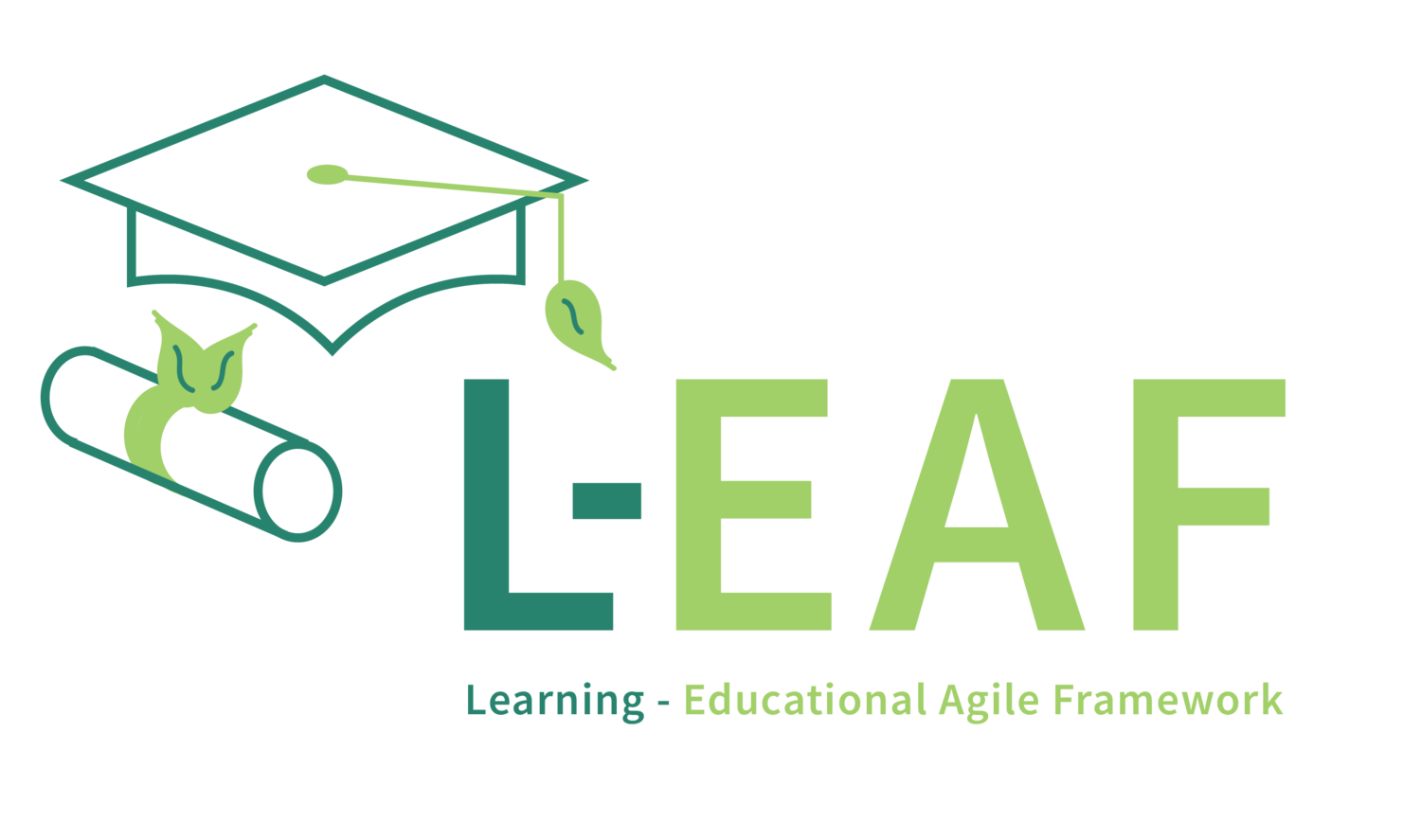Charting the Future: A Vision for Educational Agility
Practical Implementation of Educational Agility
Engaging Leaders, Teachers, and Staff in Agile Transition
The shift to Educational Agility requires active involvement from all tiers of the educational ecosystem, including leaders, teachers, and administrative staff. This means embracing a holistic approach where everyone's input is valued and contributes to the decision-making process.
Leadership Training in Agile Principles: Conduct workshops and training sessions for school leaders to equip them with the necessary skills and mindset to drive agile transformation. L-EAF has spent over 3 years in adapting proven training techniques from industry to educational context and improving those techniques through feedback and experimentation.
Collaborative Decision-Making Forums: Establish platforms where teachers, leaders, and staff can collaboratively discuss and devise strategies for implementing agile methodologies in their respective areas. Employees who are engaged in the decision making process tend to feel appreciated and heard.
Overcoming Resistance and Challenges
Change is challenging but achievable through a culture of open communication and shared vision. Leaders should foster an environment where feedback is encouraged, and successes, no matter how small, are celebrated. This open culture helps in addressing concerns and aligning everyone towards common goals.
Empowering Through Agile Activities
Implement activities that reflect agile principles:
Communities of Practice for Teachers and Staff: Encourage both teachers and staff to to engage with peers and share from their experiences and experiments.
Cross-Functional Teams: Create teams that include members from different departments, such as educators, administrative staff, and support personnel, to work on specific projects. This enhances understanding and cooperation across different school functions.
Agile Training for All Staff: Offer training sessions not just for teachers but for all staff members to understand and adopt agile practices in their roles, whether in the classroom, office, or maintenance.
Building an Empowered Community of Educators and Learners
Invest in professional development programs focused on agile methodologies for all staff members. Promote a culture where students, teachers, and staff feel empowered to contribute ideas and take initiative.
Leveraging Technology Thoughtfully
Use technology as a tool to bring together educators, administrative staff, and students, facilitating collaboration and communication across the school.
Vision for an Agile Educational Future
Imagine a future where every member of the educational community, from leaders to learners, collaborates in dynamic, agile ways. This future is characterized by continuous learning, adaptability, and a shared commitment to nurturing each student's potential.


